I am smitten. With David Chang and his recipes, from pig to pork to bacon and dashi; ramen, crack pie, miso butter and pork fat.
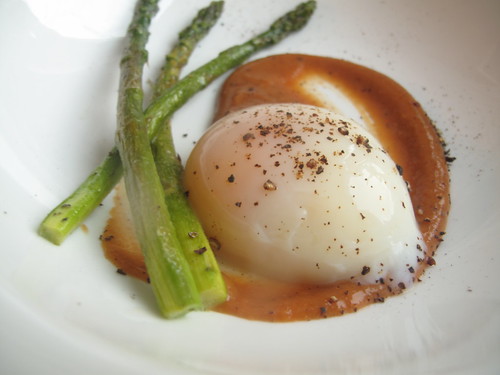 The chef famous for all things porcine (pig) tells his story in the fantastic book Momofuku (meaning ‘lucky peach’), which I received as a gift from my friend, M in October, when I was in London. And then a month ago, I picked it up, stuck it in my handbag and read it on the bus to and from work – engrossed for an entire week reading the evolution of his restaurants, his personal growth, challenges and approach. Page after page, recipe by recipe, I bookmarked a few, to begin with, paused to cry on the numerous occasions I saw myself in him, to reflect, to think and to laugh a lot… for in this book, the honorable David Chang shares glimpses of his life alongside stunning recipes which are remarkable for both the technique and the flavor combination. One of those? Slow-poached eggs with pan-fried asparagus and miso butter.
The chef famous for all things porcine (pig) tells his story in the fantastic book Momofuku (meaning ‘lucky peach’), which I received as a gift from my friend, M in October, when I was in London. And then a month ago, I picked it up, stuck it in my handbag and read it on the bus to and from work – engrossed for an entire week reading the evolution of his restaurants, his personal growth, challenges and approach. Page after page, recipe by recipe, I bookmarked a few, to begin with, paused to cry on the numerous occasions I saw myself in him, to reflect, to think and to laugh a lot… for in this book, the honorable David Chang shares glimpses of his life alongside stunning recipes which are remarkable for both the technique and the flavor combination. One of those? Slow-poached eggs with pan-fried asparagus and miso butter.
Steph of Momofukufor2 says ‘The first time I cracked open Momofuku, I couldn’t put it down. I felt drawn to Chang’s story. I could see similarities between us: a love of noodles, a useless liberal arts degrees and a general lack of decisive direction in life. That’s where ours similarities ended. Chang took his love of noodles, ran with it, and now has a restaurant group, a best-selling cook book, millions of dollars and the respect of his peers.’
Kenji of Serious Eats says ‘This is one of the easiest and most impressive applications of a low-temperature water oven like the Sous-Vide Supreme. The idea is that the texture of a cooked egg is determined solely by its temperature. That means when cooked to 142°F, egg whites will be barely set but still hold their shape, no matter how long you hold the there (provided you give them enough time to heat through, that is). Similarly, at that temperature, egg yolks will be hot, but completely liquid.
When finished, the egg shell can be carefully peeled away and the egg poured out. It will retain its shape until you pierce it with a fork, whereupon it will release an ooze of golden liquid yolk’.
A perfect entrée to this month’s Daring Cook’s Challenge:
Blog-checking lines: Jenn of Jenn Cuisine and Jill have challenged The Daring Cooks to learn to perfect the technique of poaching an egg. They chose Eggs Benedict recipe from Alton Brown, Oeufs en Meurette from Cooking with Wine by Anne Willan, and Homemade Sundried Tomato & Pine Nut Seitan Sausages (poached) courtesy of Trudy of Veggie num num.
Mandatory Items: To use the technique of poaching an egg (or vegan substitute) in either one of the recipes listed below or your own creative take on the challenge. But whatever you do MUST involve the technique of poaching.
Variations allowed: Three recipes involving poaching are provided. Two that involve poaching eggs, and one that poaches seitan sausage to be vegan friendly. If you have not made eggs benedict or oeufs en meurette before, we really encourage you to try one of the listed recipes. However, if dietary restrictions lead you in a different direction, you are already a pro at those recipes, or just have something waiting to burst from your creative hat, we would love to see what poached egg dishes you come up with!
Because I love dc (David Chang), I want to cook every single recipe in his book. Well almost every, starting with his ramen, and ending with some deep-fried apple pie (remember the world-famous McDonald fried apple pie?) and miso butterscotch. But there are people who are far ahead of me in this game, who have cooked and eaten every recipe in the cookbook, so please be content with the occasional dc offering I am sure to present!
Slow poached eggs with pan-fried asparagus and miso butter
From Momofuku by David Chang and Peter Meehan; Copyright 2009; Absolute Press UK
According to dc, this method of cooking eggs originated in Japan with old ladies who visited natural hot springs with baskets of eggs. While the women luxuriated in warm water, so did their eggs, which cooked at constant temperatures of about 60 degrees c (~140 degrees F). The finished eggs retain an oval, elliptical shape.
My approach to this recipe is, to begin with the eggs which take up to 45 minutes and while they poach, make the miso butter, followed by the asparagus.
Now, 45 minutes is super long to poach and one would wonder if/ what the benefits are. I have poached eggs before, in the traditional vinegared boiling water bath. They came out fine. I have bought over-priced silicone poaching pods which I’ve never used…and so when the opportunity came to ‘sous-vide’ eggs, I could hardly turn that down.
But seriously, there are benefits, namely, you can poach many eggs at once with much less mess and trouble, especially if you’d like to do this for a large group; the poached egg has a cohesive structure – one need not bother with using chopsticks or other devices to tame the egg white into order, no this egg stays intact. Two, the texture of the resulting cooked yolk reminds me of light, smooth custard, with a rather creamy taste, and very welcome thickness – different from what you get with a soft boiled egg of course, or a friendly sunnyside.
This is something between soft-boiled and poached.
Ingredients
Serves 4
4 raw, whole eggs 125g (1⁄2 cup) shiro (white) miso 120g (8 tablespoons/1 stick) unsalted butter, at room temperature, plus more if needed 225g (1⁄2 pound) thin to medium asparagus Kosher salt 2 teaspoons sherry vinegar Freshly (coarse) ground black pepperHow to
Slow poach eggs: Fit a large pot with a rack and fill with water. Place over lowest possible heat – I used my large Ikea pot, which is about 20cm deep with a 30cm diameter at the top. I placed my Ikea collapsible veggie steamer into it and filled it with about 6.5 litres of water. If you don’t have a rack, you could make a bed of squeezed foil paper to sit the eggs upon – what you want is to keep the eggs off the bottom where the heat is the highest.
Heat water to between 60 – 63 degrees c(140 and 145 degrees F) and gently add eggs to pot. I noticed when the water had reached 60 degrees C that tiny bubbles began to form, a bit like water does when it has been in a glass for a while. Once the poaching began, the eggs themselves became coated with tiny water bubbles, and on occasion, you’d see a bubble rise up and break through the surface.
Cook eggs 40 to 45 minutes, checking temperature regularly.
There are two ways to regulate the temperature:
1. Control the temperature of the water: by adding ice cubes or swapping out some of the hot water for cold if there are no ice cubes handy. I did the later – I scooped out some of the water and topped up with the same amount of ice-cold, a few times and then just to make sure, I poached the eggs for an extra 5 minutes
2. Control the heat source: Kottke says ‘I found that turning the heat on for 30-45 seconds every 10 minutes or so was enough to keep the temperature in the proper range’.
Drain and use eggs immediately or transfer to an ice-water bath to chill and then refrigerate for up to 24 hours.
To warm eggs up, place under piping hot tap water for 1 minute before using. To serve eggs, crack them, one at a time, into small individual saucers. The thin white should not be firm or solid. Carefully pour off the loosest part of the white before serving.
‘Plus it’s really impressive when you crack open a seemingly uncooked egg and a poached one slides out’, says Momofukufor2.
Make the miso butter: Combine the miso with75g ( 5 tablespoons) of the butter in a small bowl and beat with a wooden spoon until well mixed; the butter should be one color, not a streaky mess. Reserve until needed; you can refrigerate it, well wrapped (I formed mine into a log, guided by some clingfilm), for up to a few weeks.
Note from David: If you have reason to make a larger quantity of miso butter—and there are many because miso butter has weeks-long shelf life and makes just about anything more delicious—mix together larger quantities of butter and miso in a stand mixer fitted with the paddle attachment.
Prep and cook the asparagus: snap off the woodier bottom inch or so of each asparagus stalk. Use a vegetable peeler to shave away the tougher outer layer from each stalk, but don’t get carried away: you probably won’t need to peel the stalks more than 2 or so inches up from the trimmed end.
Heat the remaining 45g (3 tablespoons) butter in a wide skillet over medium-high heat. Line a plate with paper towels for draining the asparagus. When the butter sends up the first wisp of smoke, put the asparagus in the pan. (Do not overcrowd the pan; cook in batches if necessary, draining each one, and refreshing the butter if the butter from the first batch smells scorched.)
When the asparagus start to take on some color, 2 to 3 minutes, season them with a generous pinch of salt and turn the heat down to medium. Turn them with a spoon or spatula so they can color on the second side, another few minutes. When the asparagus are nicely browned and tender (but not exactly soft), transfer them to the paper towels to drain.
While the asparagus are cooking, heat the sherry vinegar in a small saucepan over medium heat. After half a minute, add the miso butter, turn the heat to low, and stir to warm it through. When the butter has loosened slightly—it should still have a certain viscosity to it and shouldn’t be melted—remove the pan from the burner and put it in a warm spot.
To finish the dish: Season the cooked asparagus with another pinch of salt if needed. Smear a quarter of the warmed miso butter into a thickish puddle in the middle of each plate. Divide the asparagus among the plates and top each with an egg. Finish each dish with a few turns of black pepper, and serve at once.
The verdict – 9/10. Minus 1 point because I didn’t find the miso butter great with the otherwise delicious dish. The asparagus spears were perfectly cooked with nothing obstructing the delicate flavours, plus they made great ‘soldiers’ for dipping into liquid yellow centre of the egg. The sprinkling of black pepper is necessary – do yourself a favour and grind it fresh. The hot, spice kick is a required part of this great orchestra of easygoing, simple flavours. Don’t omit it.
While I liked the miso butter concept, mine tasted a bit too salty for my liking but then again, I didn’t go to the best Japanese shop in the Netherlands to get my shiro miso (assuming there was one, and I’m also assuming there isn’t) so this would do. So the butter didn’t do it for me here but I already am thinking rice and chicken, with some spring onions and ginger….all of a sudden, I’m getting that warm feeling all over again…..perfect for a snowy winter’s day.
But before I test the rice recipe, here’s my quick lunch of leftover pasta, bacon bits with grated pecorino cheese and coarsely crushed black pepper, with a warm poached egg.
Thank you, Jen and Jill, for being great hosts, apologies for my late submission and very best wishes for the season.
Love X X X[wpurp-searchable-recipe]The Daring Cooks December 2010 Challenge: Poaching to Perfection with Momofuku’s Slow-Poached Eggs! – – –


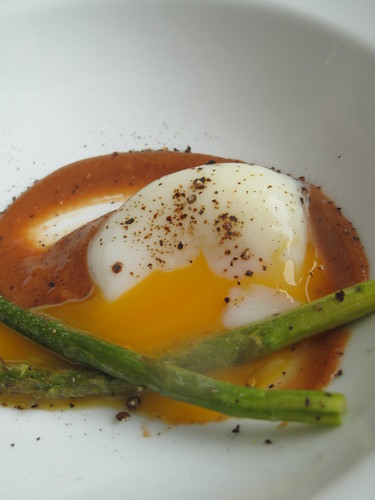
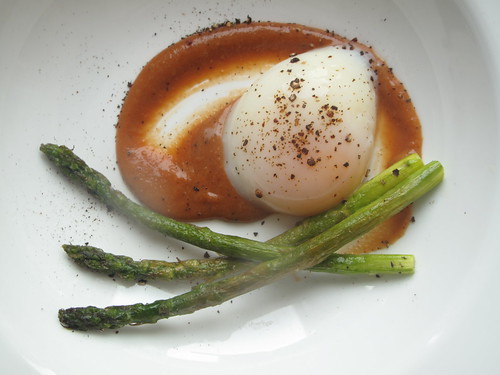
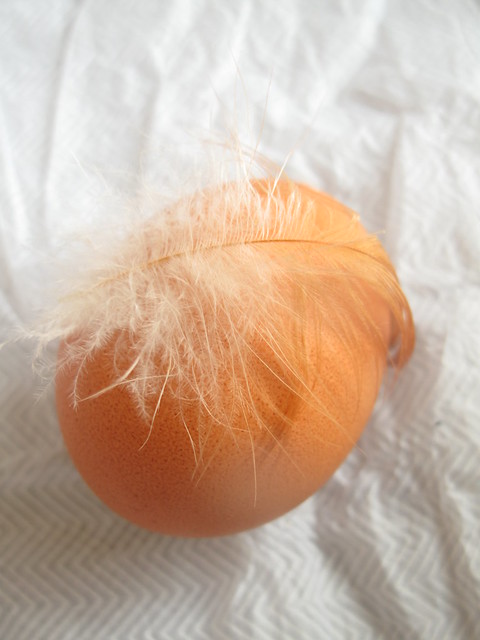
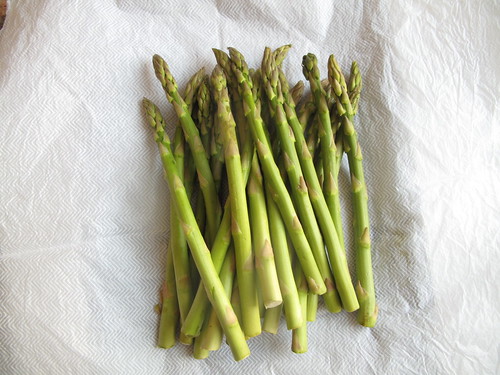
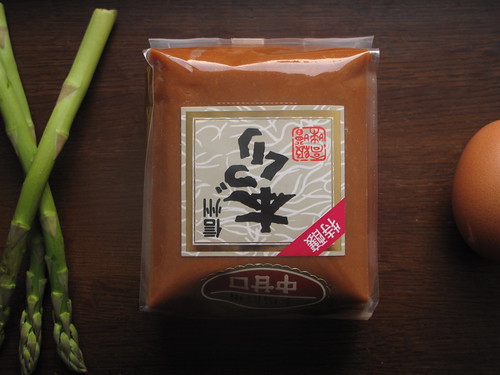
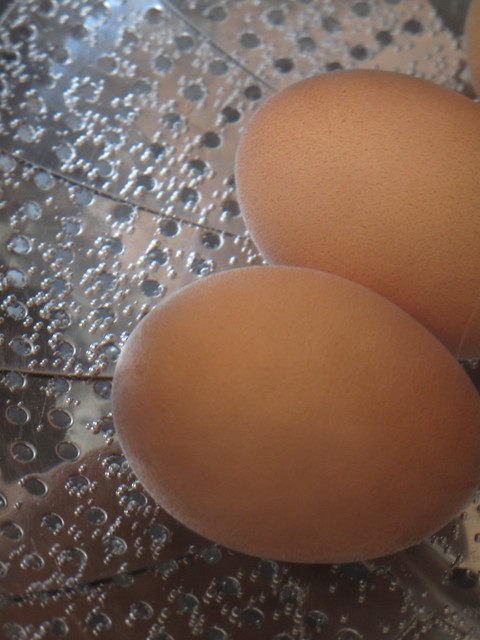

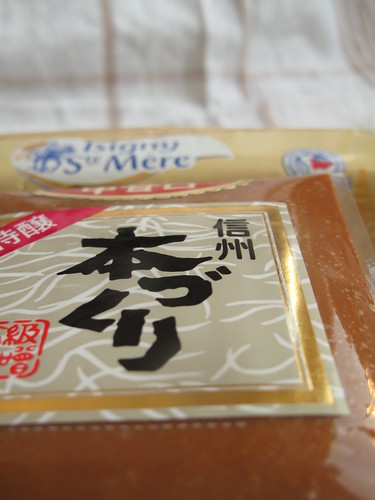
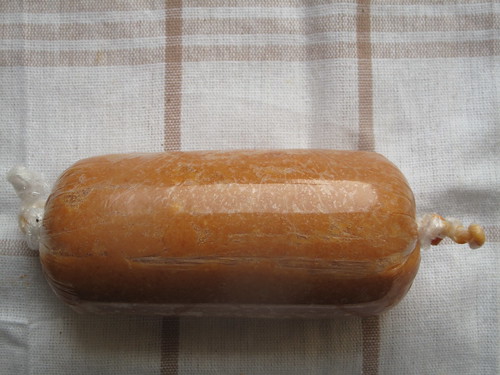
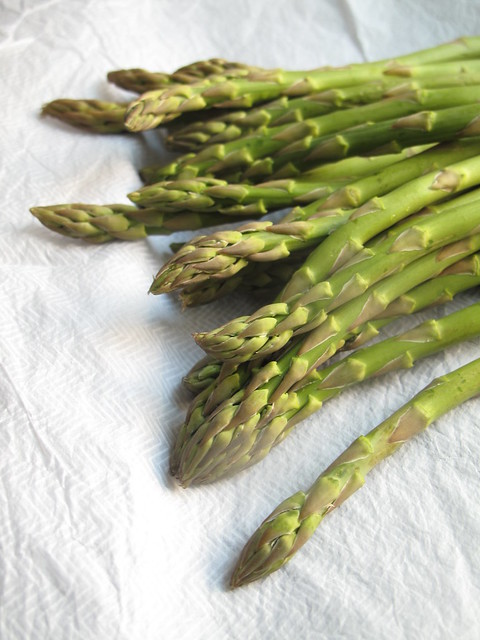
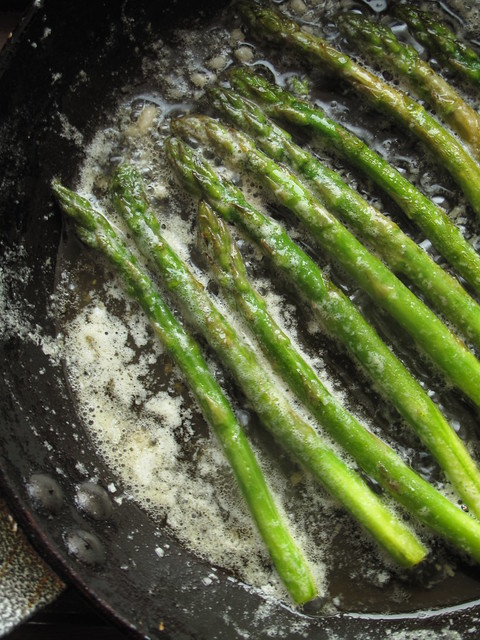

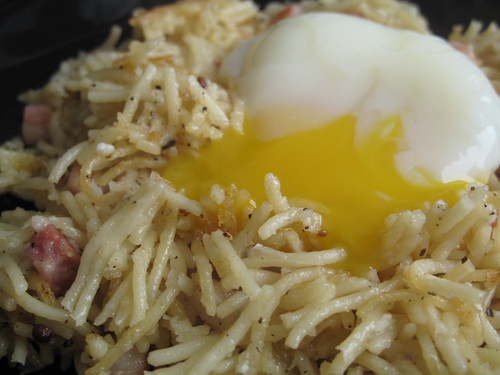
Leave a Reply